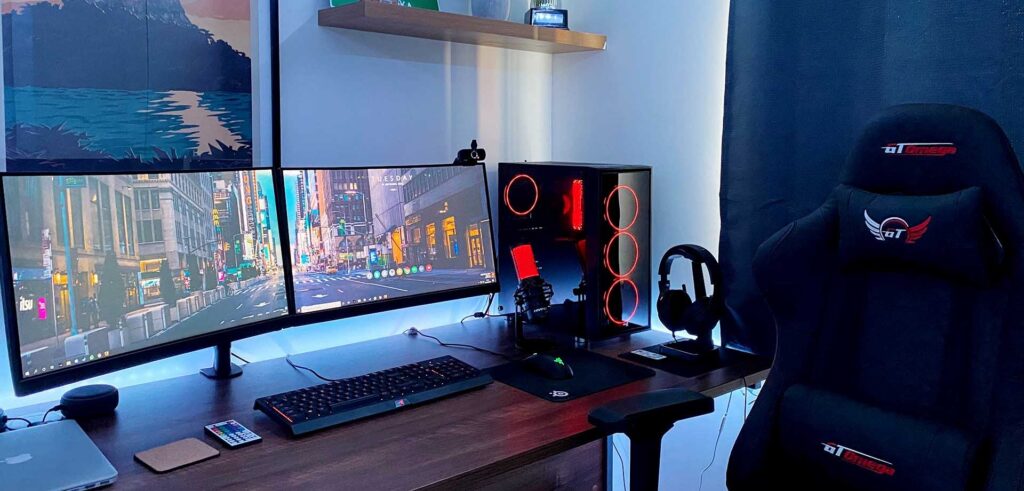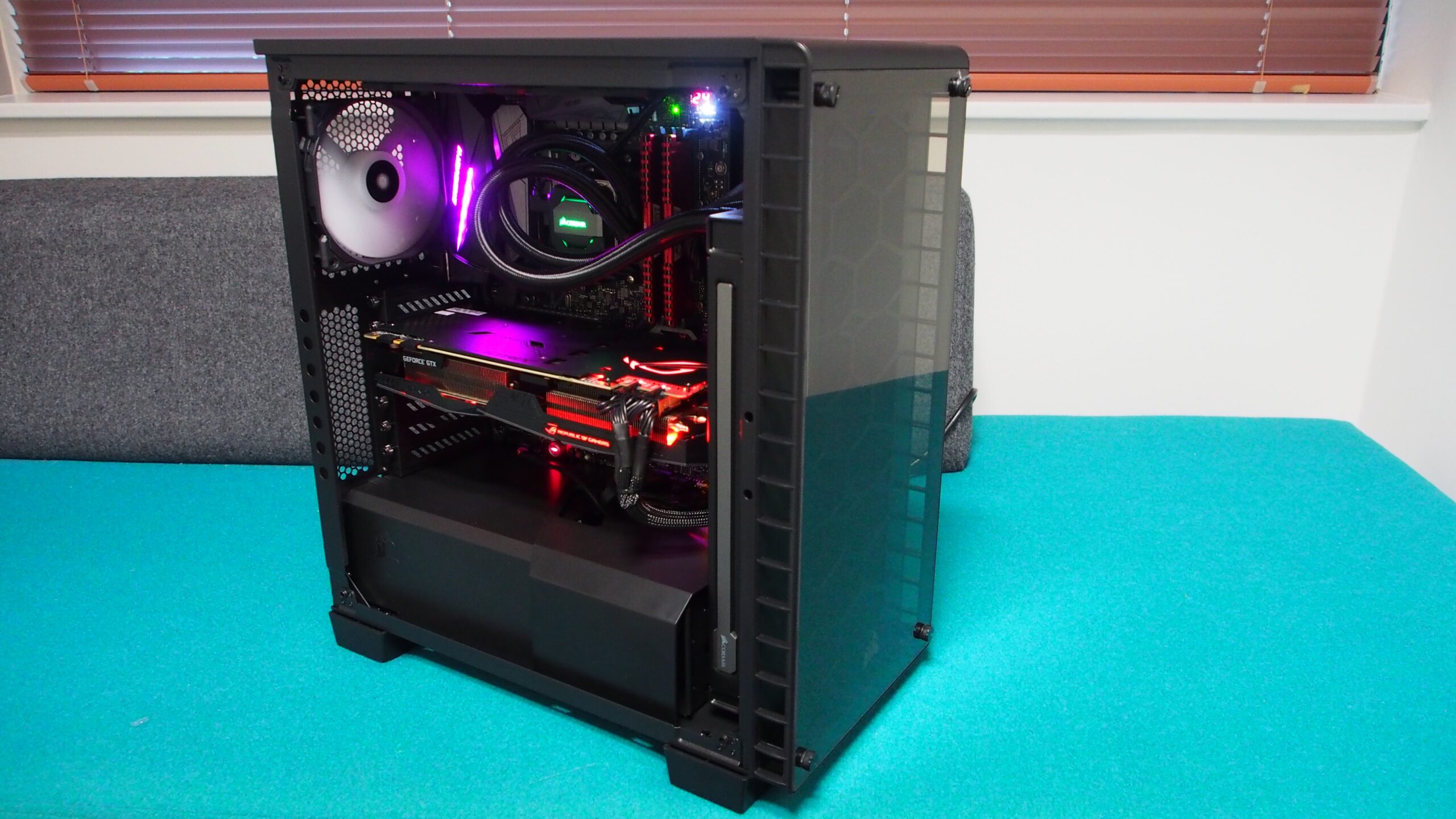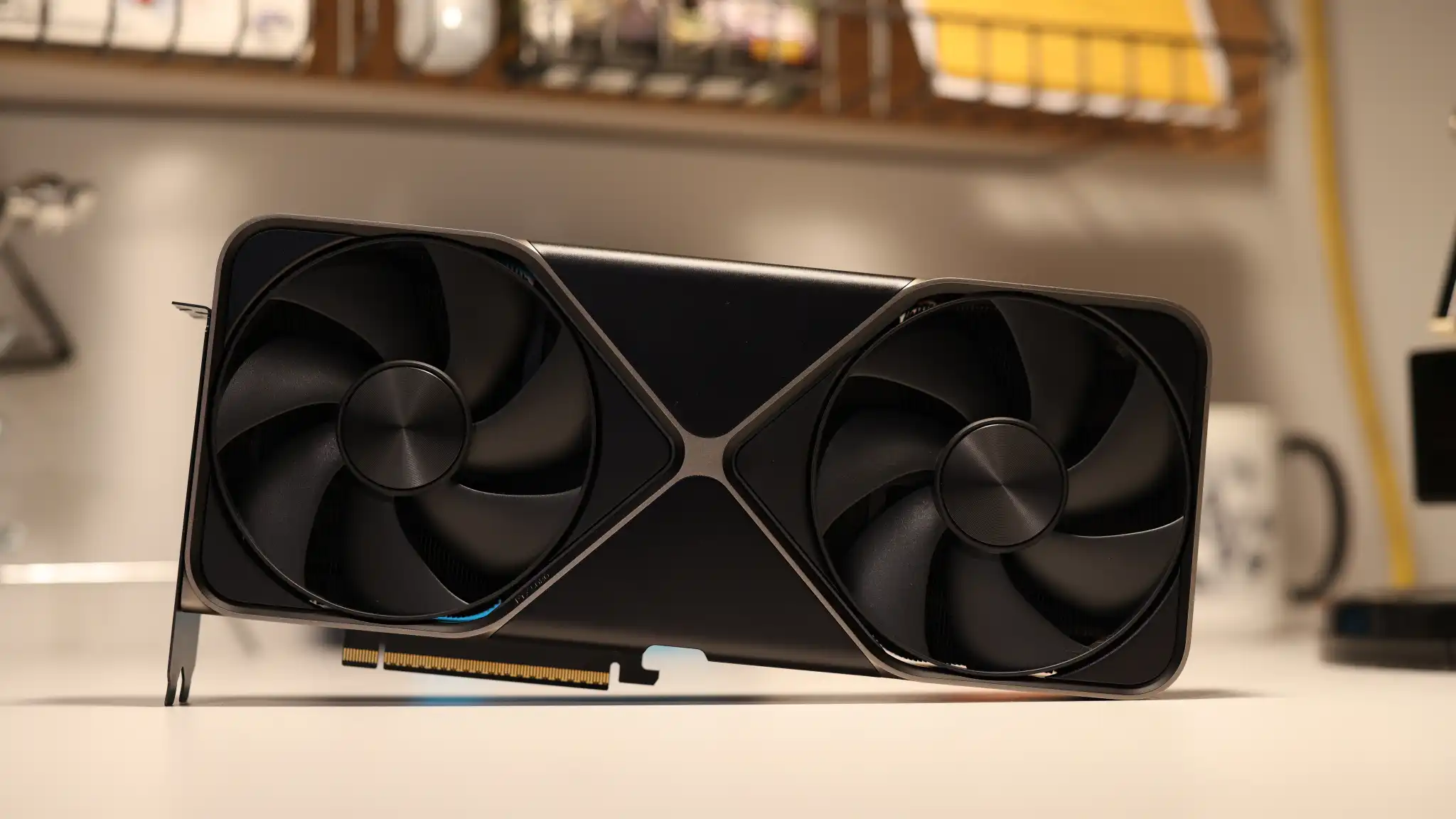
A couple of years ago, I embarked on the ambitious project of building a gaming rig that would let me experience the latest titles in all their glory. After months of research and careful selection, I finally settled on some seriously powerful components — an Intel Core i9-10900K and an Nvidia GeForce RTX 3070 GPU. These were top-of-the-line parts, capable of running even the most demanding games without breaking a sweat. But as I neared the end of my build, I found myself with a dwindling budget. Having splurged on the processor, graphics card, and other essentials, I didn’t have much left for a case. In my impatience, I made a rookie mistake: I bought the cheapest case I could find, a $30 off-white tower that looked like it had come straight out of the early 2000s. “It’s just a box to hold the parts,” I thought. How bad could it be?
As it turns out, it could be very bad. After assembling the rig and booting it up, I ran a benchmark to see how it performed. That’s when I noticed something alarming: my GPU was running dangerously hot, with temperatures soaring above 200 degrees Fahrenheit. At first, I was baffled. I had followed all the instructions, applied thermal paste properly, and ensured that the fans were spinning. Yet my brand-new, high-end components were cooking themselves alive. It didn’t take long to identify the problem — it was that cheap, poorly designed case. The cramped interior left no room for airflow, turning my rig into an oven. The few fans it came with were insufficient to cool such powerful hardware, and the plastic shell did nothing to dissipate heat. I quickly realized that my desire to save a few bucks had backfired spectacularly.
But the heat wasn’t the only issue. As I started using my new PC, I encountered another frustrating problem: the case had a severe lack of ports. It offered only two USB-A ports and a single 3.5mm audio jack, which might have been fine for a basic office setup but was woefully inadequate for a gaming rig. I quickly ran out of places to plug in my peripherals. Adding a USB hub provided a temporary fix, but the ports’ awkward placement at the top of the case meant that my cables were always dangling in an unsightly mess. My cat found the setup endlessly entertaining, batting at the wires like a new toy, which only added to my frustrations.
I was stuck with this subpar case for about a month, enduring its many shortcomings while saving up for something better. Eventually, I bit the bullet and upgraded to a Corsair 4000D Airflow mid-tower, spending $80 on a case that was everything my first one wasn’t. The Corsair case was spacious, with excellent cable management and airflow that kept my components cool even under heavy loads. It also came with a much more sensible arrangement of ports, including both USB-A and USB-C options. And as a bonus, it looked a lot sleeker on my desk. In retrospect, I was lucky that my initial mistake didn’t cause permanent damage to my components. But I learned an important lesson: when building a gaming PC, the case is not just an afterthought. It’s a critical component that plays a key role in the system’s performance and longevity. Skimping on it might save you money in the short term, but you’ll pay the price in frustration, poor performance, and potentially damaged hardware down the line.




